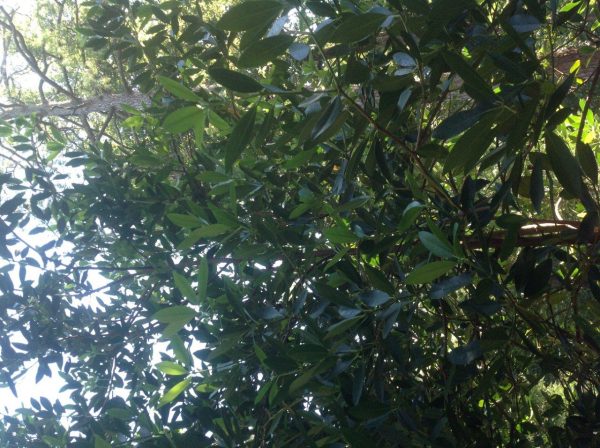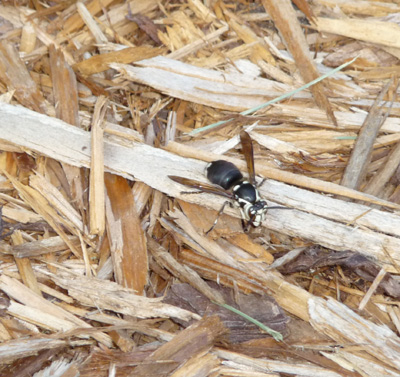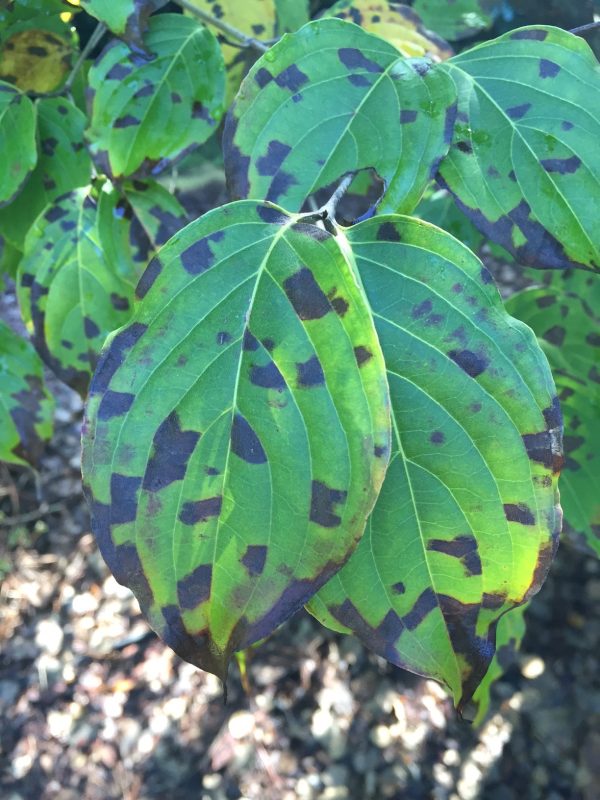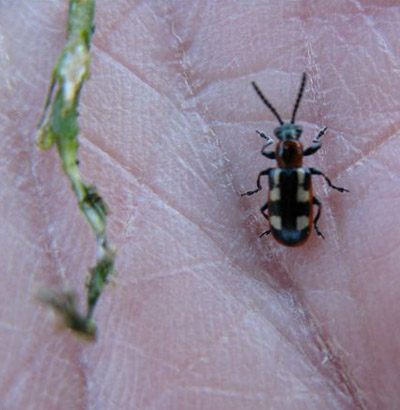Anise

Pimpinella anisum
Many herbs, including anise, are members of the Umbelliferae family. Anise is a native of the Mediterranean area and has been used as a flavoring and as a medicinal there for centuries. It has a flavor similar to licorice.
• More detailed information information can be found in The Georgia Fruit & Vegetable Book
by Walter Reeves and Felder Rushing
• See also Home Garden Anise
WHEN TO PLANT
Anise is an annual. Sow seeds in the early spring as soon as the soil has warmed and the danger of a hard freeze has passed.
WHERE TO PLANT
Plant anise in fertile, well-drained soil that receives full sun (8 to 10 hours will suffice). Give these plants plenty of room because they reach a height of 2 feet or more, with an equal spread.
HOW TO PLANT
Sow seed in well-prepared soil, 1/2 inch deep and space it about 1 inch apart in rows 1 foot apart. Sow seed thickly because the seed germinates poorly, then thin the seedlings to 12 inches apart when they are big enough to handle. Buy started plants of anise, or start plants indoors under lights in early spring. Set started plants at 12 inches by 12 inches in beds.
CARE AND MAINTENANCE
Keep weeds under control by light cultivation; mulching is not recommended for weed control of herbs because of slug problems. Anise will stand dry weather but water if it wilts, about 1 inch per week.
ADDITIONAL INFORMATION
The plants develop a low rosette of foliage early in the season, then quickly produce a tall flowering stem. Harvest the leaves when they reach full size. Cut the flower heads as soon as the seeds begin to turn brown. If the flower heads are left on the plant, they will shatter and the seeds will be lost. Dry the flower heads in brown paper bags so the seeds can be caught as they dry and fall from the heads. Use the leaves in fruit salads, apple salads, or applesauce. Flavor cookies or candies with the seeds.















